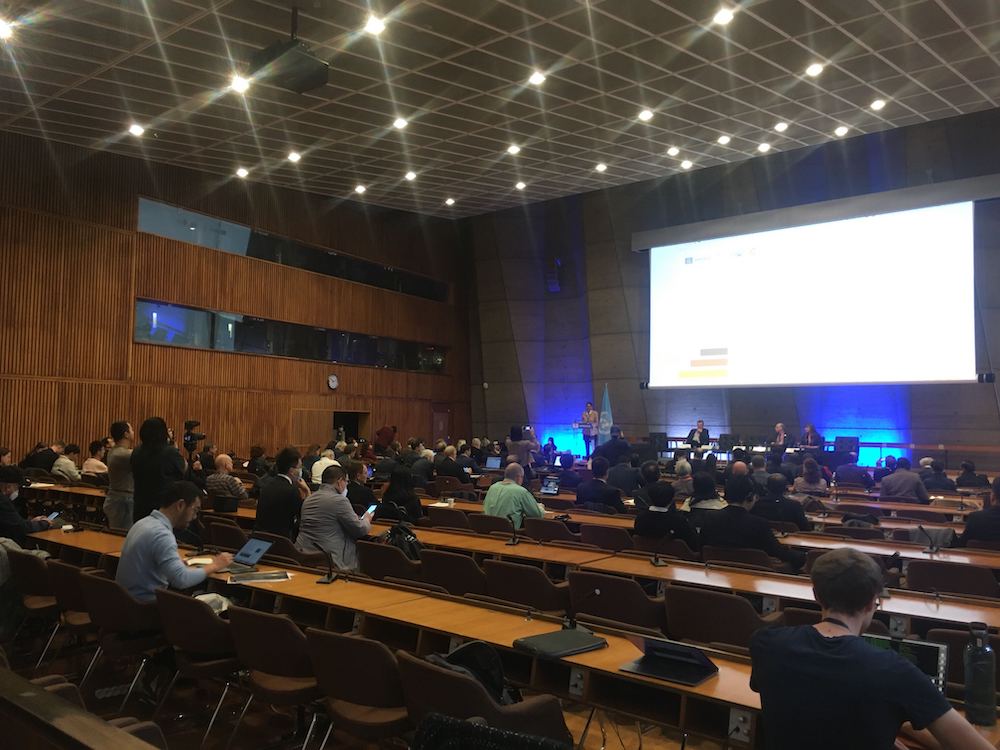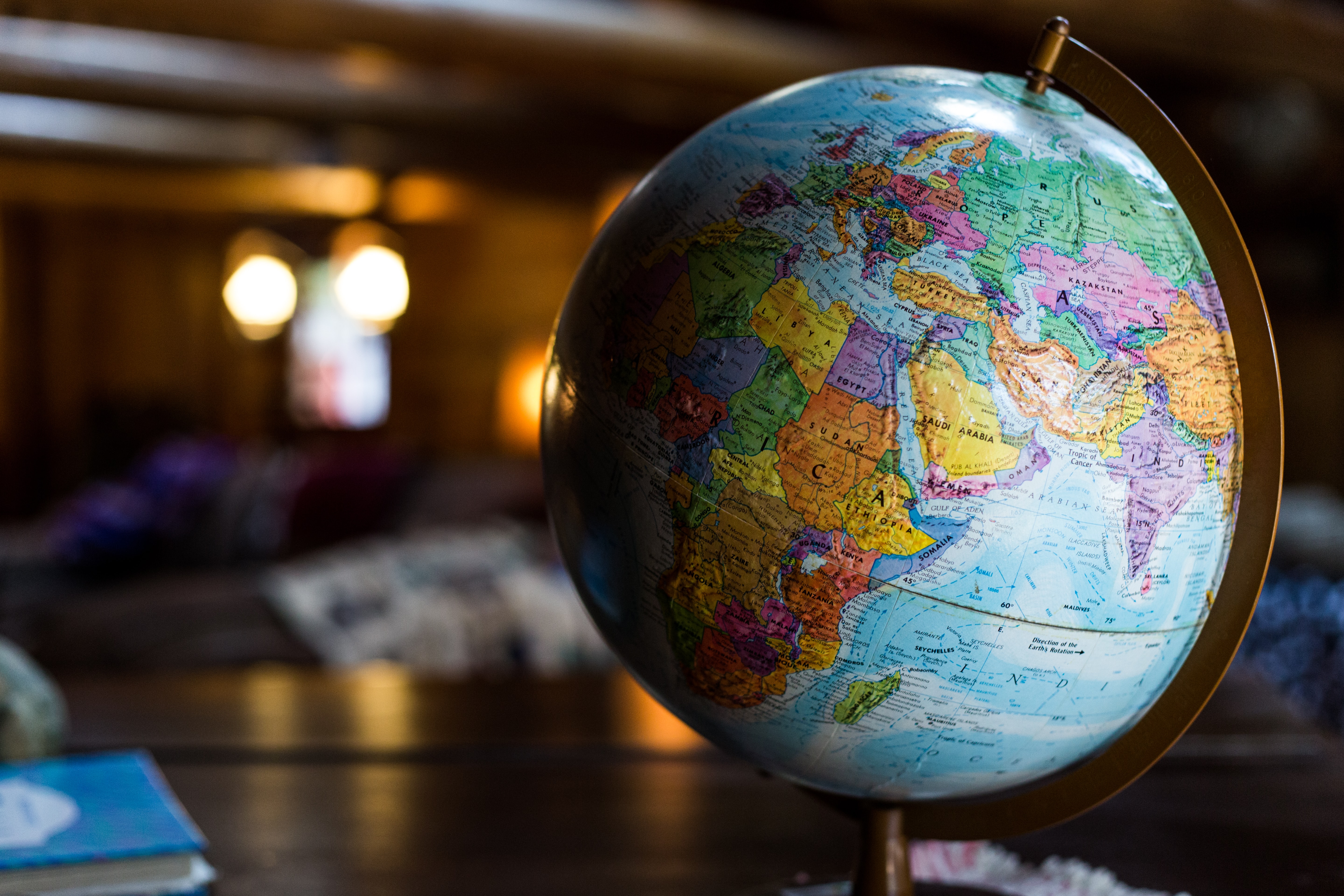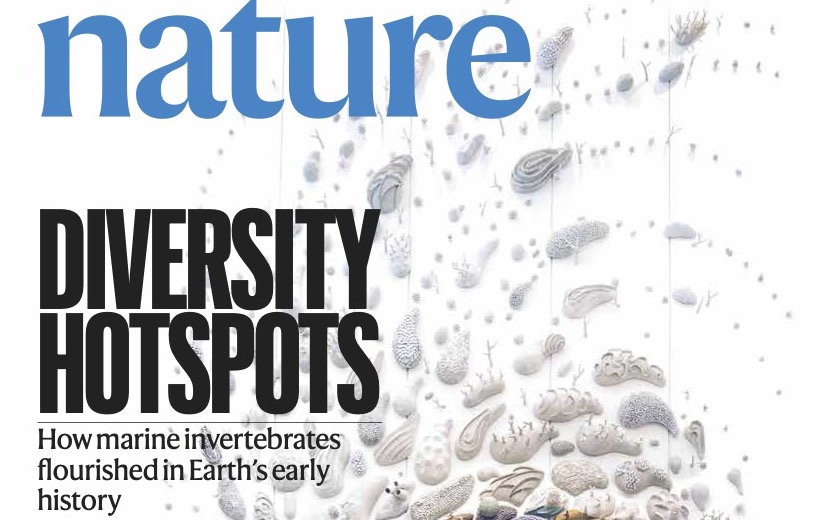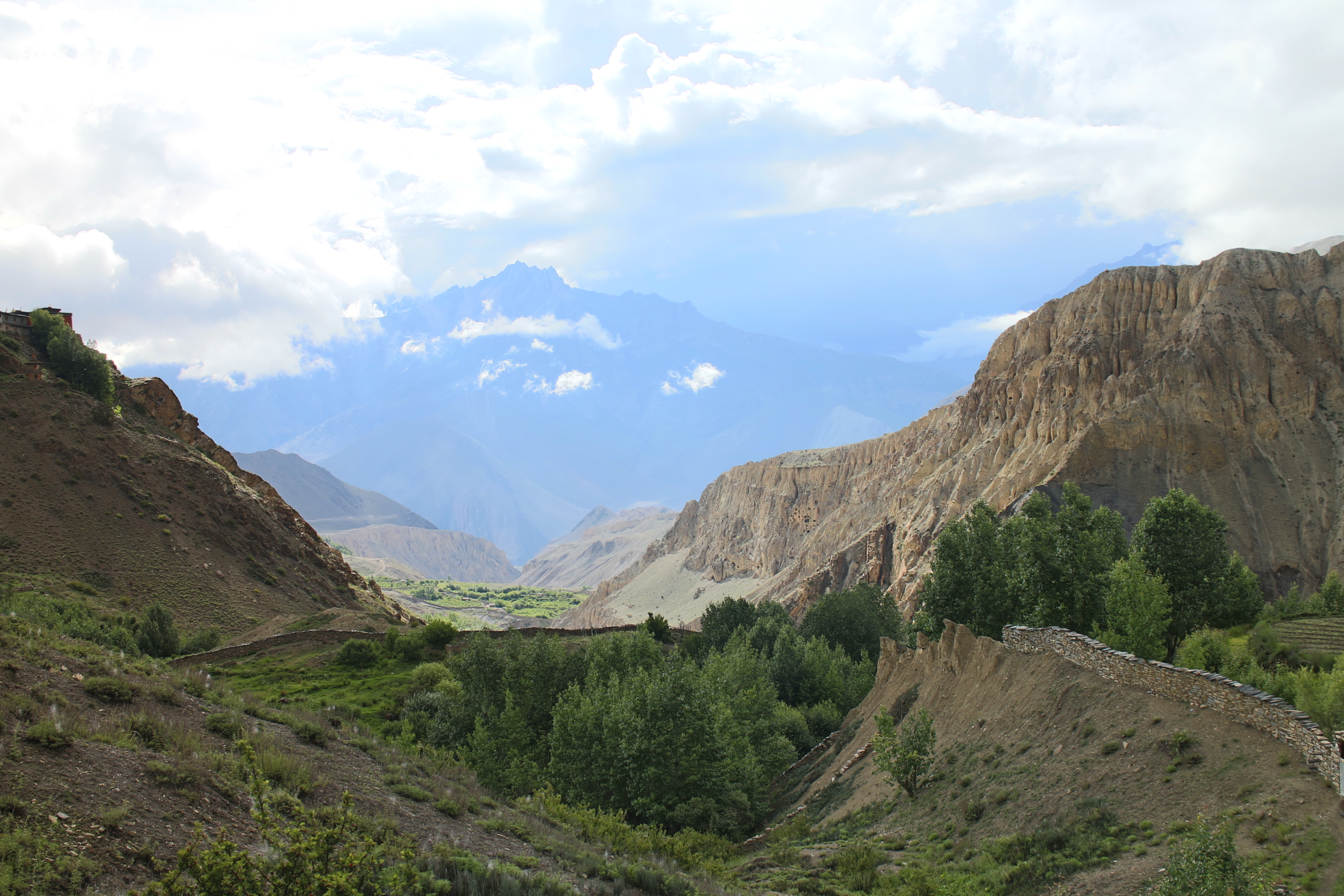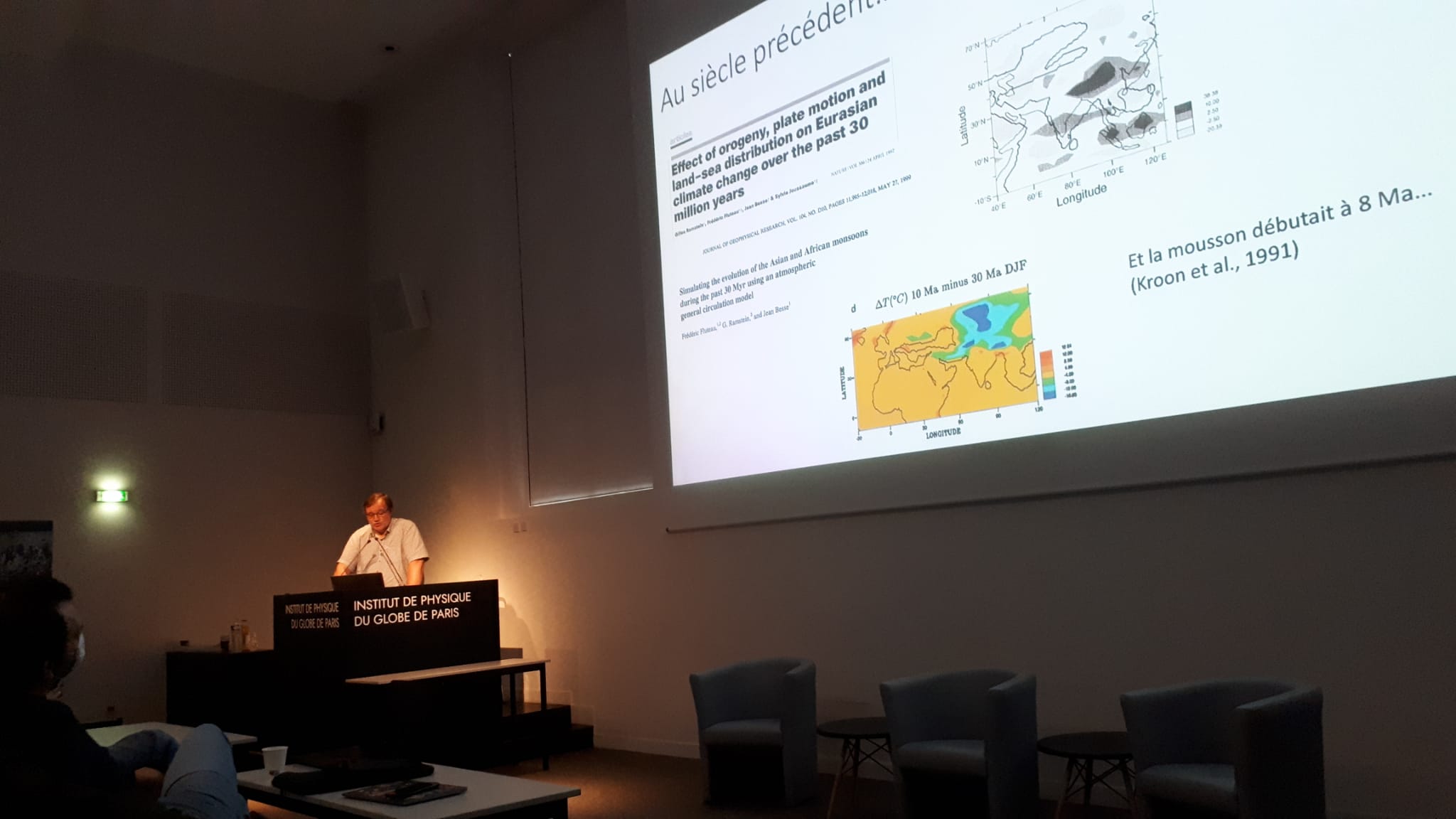News
-
UNESCO Deep-Time Digital Earth (DDE) Workshop and Forum 9 November 2022
The French Deep-time Paleoclimate Modeling Group contributed to the UNESCO Deep-Time Digital Earth (DDE) workshop in November in Paris. Because building good continental reconstructions is necessary to improve our paleoclimate models, and it is now important to foster community-wide efforts to build open-source and contributive databases and tools.
-
Ocean oxygenation paced marine biodiversity changes at the geological time scale. It is widely admitted that changes in ocean dissolved oxygen concentrations reflect in turn changes in the atmospheric oxygen concentration. In contrast, a new study published today in Nature shows that continental rearrangement would have induced a decoupling between upper-ocean and deep-ocean oxygen concentrations and ultimately driven ocean oxygenation variations at the geological time scale.
-
Modern ocean biodiversity, which is at its highest level ever, was achieved through long-term stability of the location of so-called biodiversity hotspots, regions of especially high numbers of species, scientists have found.
The findings, published today in Nature, were reached through a pioneering model that reconstructs the diversity of marine animals from their origin - some 550 million years ago- to the present, based on plate tectonics and environmental factors, mainly ocean temperature and food supply.
-
Paleogeographic constraints on Miocene Monsoon evolution 12 April 2022
Modelers from the group in collaboration with C.Bolton, A.Licht and G.Dupont-Nivet studied the development of modern-like South Asian Monsoon using Miocene paleoclimate simulations. Results have just been publish in Nature Geoscience.
They show that monsoon winds and rainfall evolved with different timing during the Neogene as they react to different paleogeographic elements that have their own chronology. This study highlights that (often forgotten) paleogeographic changes at the western border of Indian Ocean (East Africa and Middle East) have been crucial for the settlement of the modern atmospheric circulation, while monsoon rainfall intensity mainly responds to increasing elevation in the Himalayas region.
Those results reconcile for the first time divergent views of monsoon evolution and shed light on mechanisms forcing the Miocene « onset » of the system.
Reference : Sarr, A-C., Donnadieu, Y., Bolton, C., Ladant, J-B., Licht, A., Fluteau, F., Laugié, M., Tardif, D., Dupont-Nivet, G. Neogene South Asian Monsoon Rainfall and Wind Histories diverged due to topographic effects, Nature Geoscience, published online (2022). https://doi.org/10.1038/s41561-022-00919-0
-
GDR meeting on 7th and 8th Mar 2022 8 March 2022
The French paleoclimate community gathered for two days of exciting talks and discussion at IPGP Paris.
-
Julia Bres' thesis defense on 28th Jan 2022 28 January 2022
Julia has defended successfully her thesis on Cretaceous climate and flowering plant evolution, congrats to her !
Check out the presentation and associated paper here
-
Available Nature paper with Anta Sarr 2 December 2021
After having completed her PhD thesis at LSCE, Anta started a postdoc at CEREGE in September 2019. Anta and Yannick got the opportunity to work with micropaleontologists at CEREGE, Luc Beaufort, Clara Bolton and Baptiste Sucheras, and to apply Earth System model to anchor interpretations in a framework based on physics laws. Both coccoliths data and climate model converge toward a unified scenario pointing out the priming role of the eccentricity to lead up biological evolution occurring in tropical oceanic waters.
Check out the article here
-
Yannick Donnadieu received the 2021 Schlumberger award from French National Academy 23 November 2021
Check out the academic web page here
Read more -
Available Online Science Advances paper by D. Tardif 25 October 2021
After having completed her PhD thesis in December 2020, Delphine successfully published a part of her PhD work in which she shows how orbital parameters may bias our understanding of the paleobotonical record. Vegetation’s corridors across the asiatic continent from China to Europe is also discussed to explain faunal migration events during the Paleogene.
Check out the article here
-
After a year of dev, Wesley came out with an amazing tool accelerating our work flow to design new paleo simulations,
Check out the online demo and full explanations here
Read more -
Available Research Engineer Position 11 June 2021
Check out the full description here
Read more -
Alexandre Pohl got a permanent position !! 10 June 2021
After a Marie Curie postdoc with Andy Ridgwell, Alexandre has been offered a research position at Biogeosciences Dijon
Check out his web page here
Read more -
Marie Laugié's thesis defense on 6th July 2021 9 June 2021
After 3 years of great work, Marie will defend her thesis on links between anoxia and ocean dynamics during Cretaceous times
- Fanny Monteiro, Sandra Arndt, Guillaume Le Hir and François Baudin are external evaluators
-
Biome4 2 June 2021
After some fun battles with Mac Delphine Tardiff and Wesley Banfield have written an installation guide for Biome4.
Check out the documentation here
Read more -
First news 1 June 2021
Great news everyone you can now add news to our website! Simply add files into the
_newsfolder and don’t forget to add atitleand optionally animg(link on the web or file in assets/images) -
Non Sense Stuff 20 June 2019
Road Trip before arriving to AGU 2019 before the covid crisis ! G. Le Hir facing strange rocks at Monument Valley
